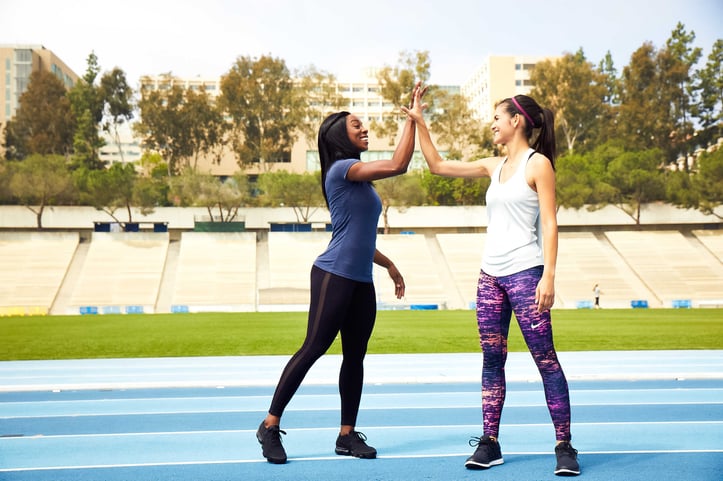Debunking Myths: Why Older Adults Are Embracing Exercise (And How You Can Too!)
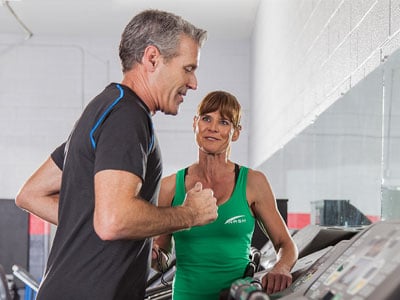
Debunking Myths: Why Older Adults Are Embracing Exercise (And How You Can Too!)
When we picture someone hitting the gym or going for a run, what image often comes to mind? For many, it's younger individuals. This can unfortunately lead to some common, and frankly, outdated misconceptions about older adults and their relationship with exercise. Are they indifferent? Scared? Reluctant? The answer, overwhelmingly, is no!
Let's dive in and bust these myths, celebrate the vitality of older adults, and explore how exercise can be a joyful and transformative part of life at any age.
The Truth: Older Adults Are Capable, Enthusiastic, and Benefiting from Exercise!
It's time to rewrite the narrative. Older adults are not only just as capable of enjoying and benefiting from physical activity as any other age group, but for many, exercise is a crucial and cherished part of maintaining their health, independence, and zest for life.
The science is clear: according to the National Institute on Aging (NIA), regular physical activity is a cornerstone of healthy aging. It can help older adults:
- Maintain their independence and ability to perform daily activities.
- Improve balance and reduce the risk of falls (a major concern for this age group).
- Reduce the risk of developing chronic diseases such as heart disease, type 2 diabetes, osteoporosis, and even some types of cancer.
- Boost mood, reduce stress, and improve cognitive function.
Unpacking the Misconceptions: Why Do These Myths Persist?
If older adults are indeed benefiting from exercise, why do these misconceptions linger?
- Lack of Visibility: Often, fitness marketing and media tend to focus on younger demographics. We might see fewer older adults prominently featured in gyms or fitness classes (though this is changing!), leading to the incorrect assumption that they're not interested or involved.
- Fear of Injury (A Valid Concern, But Manageable): It's true that as we age, our bodies change, and the risk of injury can feel more pronounced. This can understandably make some older adults hesitant to start a new exercise program. However, this fear doesn't equate to indifference. With proper guidance, a thoughtfully tailored exercise plan, and a focus on safe movement, the risk of injury can be significantly minimized.
- Societal Ageism: Sometimes, subtle (or not-so-subtle) ageist attitudes can imply that exercise is "for the young." This couldn't be further from the truth!
Overcoming Apprehension and Embracing Movement with Joy
If you're an older adult feeling a little hesitant about starting or re-engaging with exercise, please know that's perfectly okay. Here are some gentle, encouraging ways to overcome any apprehension:
- Start Slow and Gentle: You don't need to run a marathon on day one! Begin with short, manageable periods of activity and gradually increase the duration and intensity as you feel more comfortable and confident. Every little bit counts.
- Choose Activities You Genuinely Enjoy: This is key! Exercise shouldn't feel like a punishment. Explore different options:
- Walking: In your neighborhood, a park, or even a mall.
- Swimming or Water Aerobics: Wonderfully low-impact and gentle on the joints.
- Yoga or Tai Chi: Excellent for balance, flexibility, and mindfulness.
- Dancing: Fun, social, and great for coordination.
- Gardening: A fantastic way to stay active and connect with nature.
- Find a Buddy: Exercising with a friend, family member, or joining a group can provide wonderful support, motivation, and a sense of community. It makes it more fun too!
- Focus on How it Makes You Feel: Pay attention to the positive changes – more energy, better sleep, improved mood. These intrinsic rewards are powerful motivators.
The Incredible, Life-Enhancing Benefits of Exercise for Older Adults
The rewards of staying active as an older adult are truly immense and touch nearly every aspect of well-being:
- Improved Cardiovascular Health: A stronger heart, better circulation, and healthier blood pressure.
- Increased Muscle Strength and Flexibility: Making everyday tasks easier and helping to maintain mobility.
- Enhanced Cognitive Function: Exercise is great for brain health, potentially improving memory and reducing the risk of cognitive decline.
- Better Sleep Quality: A study published in the British Journal of Sports Medicine found that regular exercise can significantly improve the quality of sleep in older adults – and good sleep is foundational for overall health.
- Boosted Mood and Reduced Stress: Physical activity releases endorphins, those natural feel-good chemicals.
- Stronger Bones: Weight-bearing exercises help maintain bone density and reduce the risk of osteoporosis.
Practical, Empowering Tips for Older Adults to Start (or Restart) Exercising Safely
Ready to embrace the benefits? Here are five practical steps to guide you:
- Chat with Your Doctor First: This is always a wise first step. Before beginning any new exercise program, it's important for older adults to consult with their doctor. They can ensure it’s safe for you, provide personalized advice based on your health status and any existing medical conditions, and perhaps even suggest suitable activities.
- Start Small, Build Gradually: Think evolution, not revolution. Begin with short, easy workouts (even 5-10 minutes is a great start!) and slowly increase the duration and intensity over weeks and months. For example, start with a 10-minute walk and aim to add a few minutes each week, or an extra block.
- Choose Activities That Suit You: As mentioned, find something you enjoy and that feels right for your body. If you have joint concerns, low-impact activities like water aerobics, cycling (stationary or outdoor), or chair exercises are excellent choices.
- Always Warm-Up and Cool-Down: Don't skip these! A gentle warm-up (5-10 minutes of light movement like marching in place, arm circles) prepares your muscles and joints for activity. A cool-down (5-10 minutes of slower movement and gentle stretching) helps your heart rate return to normal and can reduce muscle soreness.
- Stay Hydrated – Water is Your Friend: Drink plenty of water before, during (sips are good!), and after exercise to stay properly hydrated. Dehydration can affect energy levels and overall well-being.
The Invitation to Move and Thrive
Let's put the outdated myths to rest for good. Older adults are not indifferent, scared, or reluctant to exercise. They are a diverse group, many of whom are actively embracing physical activity and reaping its incredible rewards. With the right approach, mindset, and support, movement can be a source of joy, vitality, and empowerment at every age.
So, if you're an older adult, please don't let age or any lingering apprehension hold you back. Your health and happiness are worth investing in. Start exploring movement today and discover how it can enhance your quality of life.
And if you know an older adult who might be hesitant, offer gentle encouragement, perhaps suggest trying an activity together, or share this article with them. You might be wonderfully surprised at how much they enjoy it and the positive difference it makes. Let's all champion a culture where active aging is celebrated and supported!
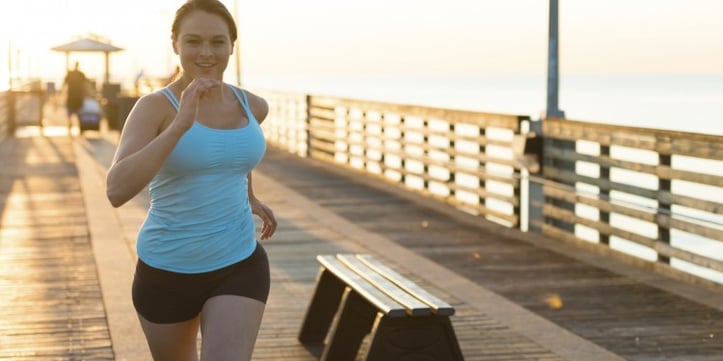
Fit vs Fat: Decoding Health's True Ruler

Pump Up Your Heart: Science-Driven Weight Loss

Wellness Technology: Your Path to Sustainable Weight Loss

A Sensible Guide to Dietary New Year's Resolutions
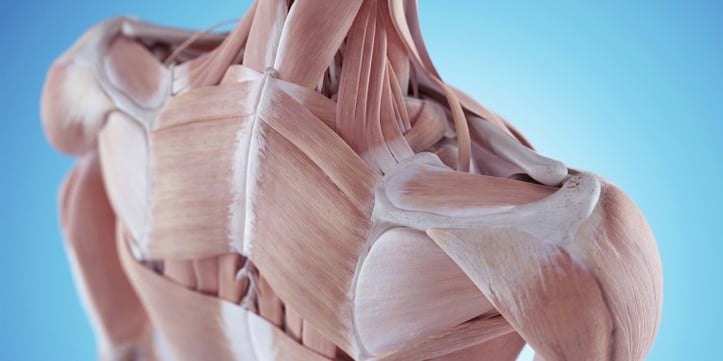
Prevent Shoulder and Rotator Cuff Injuries with Corrective Exercises
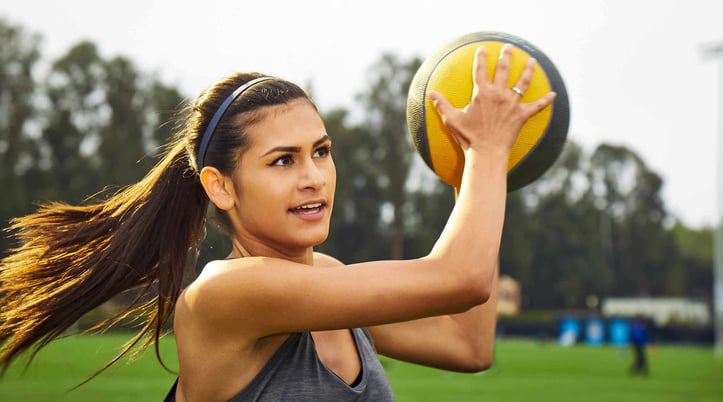
Overcome Fitness Plateaus: 4 Tips for Success
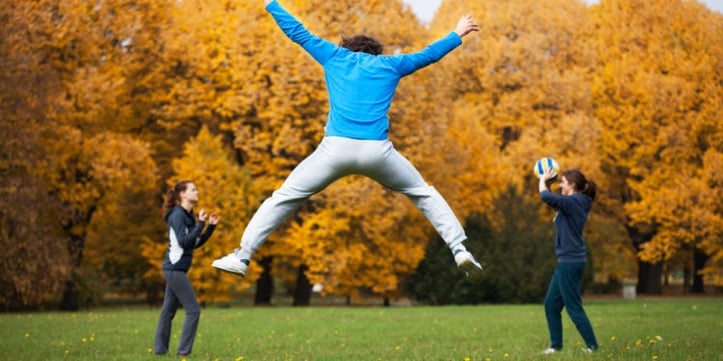
10 x 10 Thanksgiving Day Circuit: A Fitness Guide
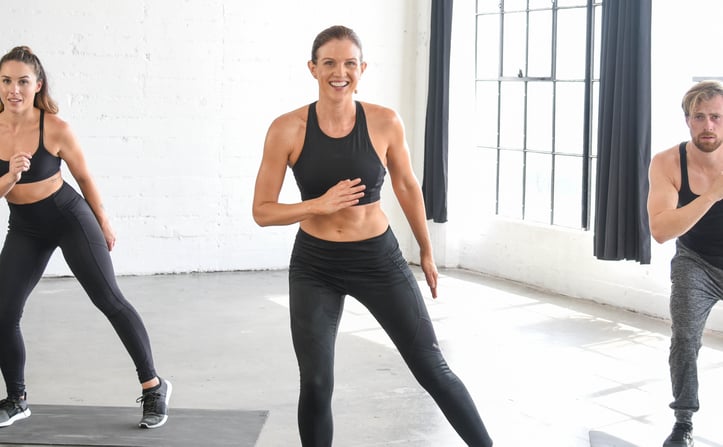
Unleash Your Fitness Potential with Kit Rich's Training Secrets
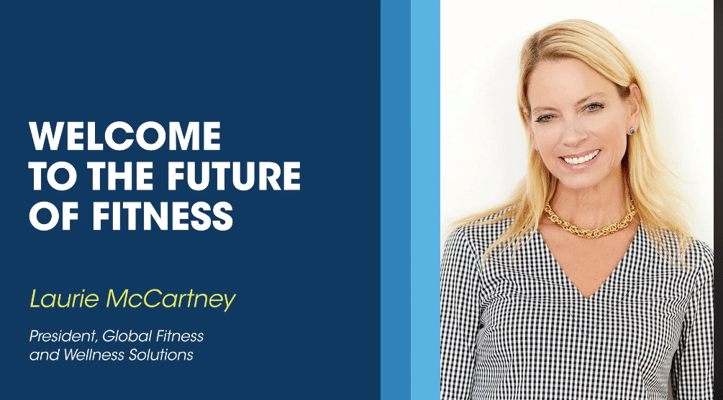
The Future of Fitness: A Guide for Beginners to Intermediates
